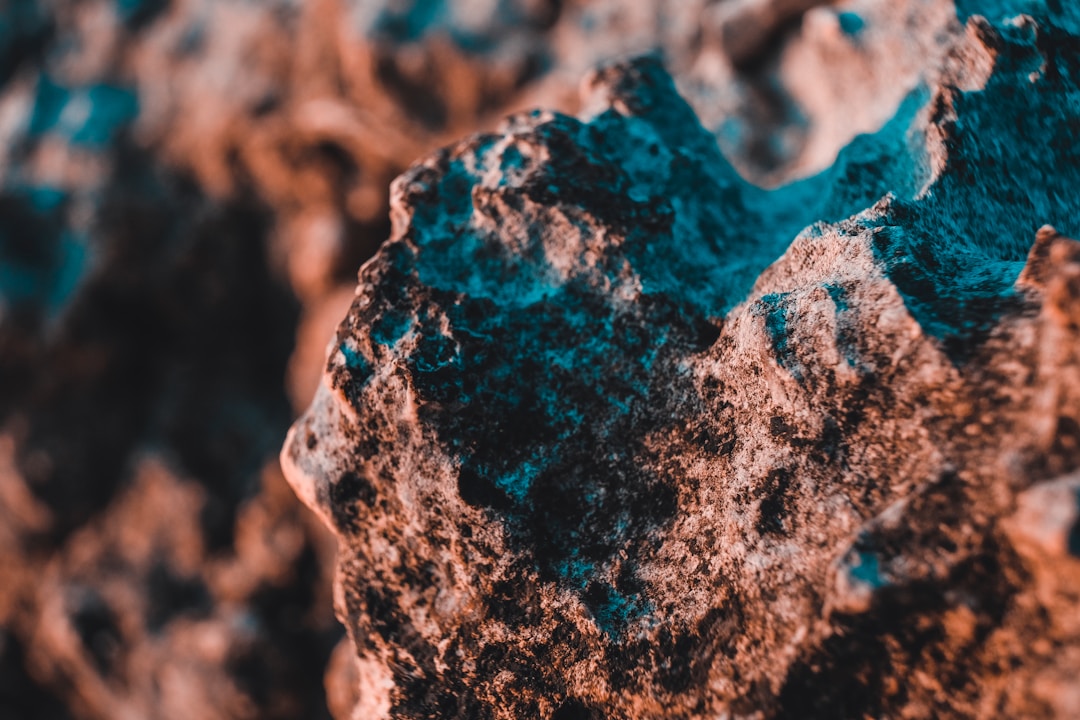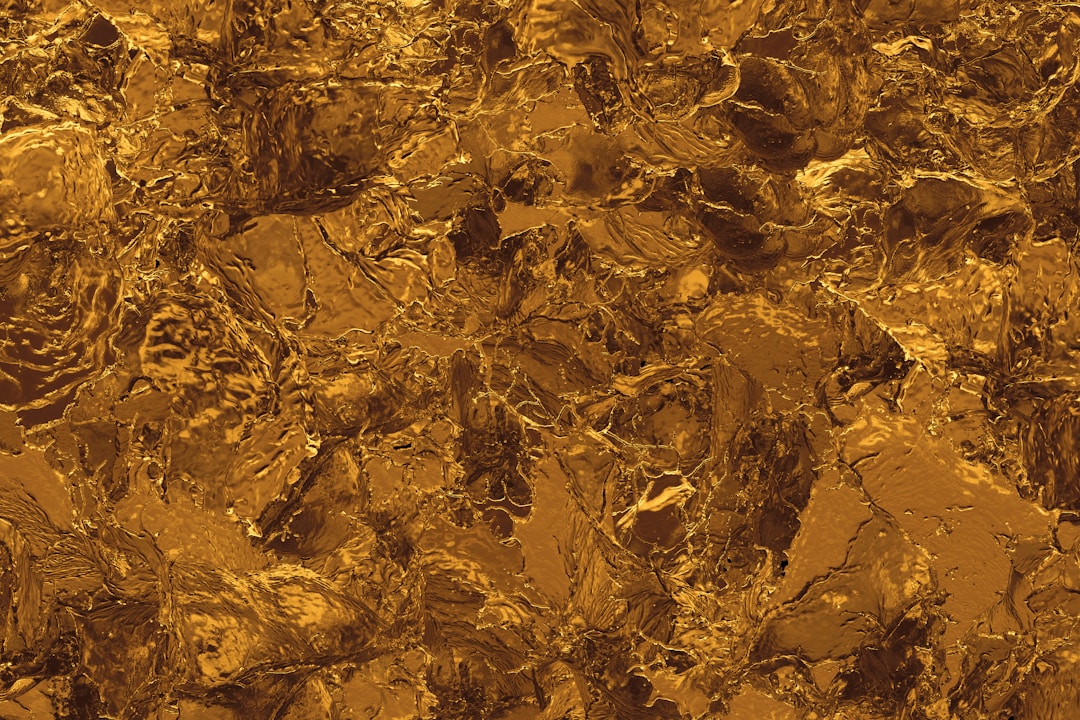Gold has been considered one of the most valuable natural resources and precious metals in the world for thousands of years. Not only is it a great tool for trading, but it has many functional uses in manufacturing. Not to mention, it was a fashion accessory before it was a means of exchange.
With so many purposes for gold, it’s interesting to think about the process of mining gold. The precious metal has quite a journey from the earth’s soil to jewelry stores or government mints and treasuries. Furthermore, the more you know about gold, the better you’ll understand its value and how you can capitalize on it. Continue reading to learn about gold mining in the modern age.
The process begins with geologists.
The gold mining process is expensive, arduous, and laborious. That means gold mining companies have to ensure that they’ll definitely find gold in a specific location before they start digging.
Could you imagine digging a mile or two deep into the earth’s surface only to find less than enough gold to even finance your operation? To prevent such a conundrum, mining companies bring in geologists to take ore samples to determine the likelihood of finding gold in a particular spot as well as how much might be found.
Alamos, a gold mining company based in Canada, has always invested in the top geologists they can find to ensure the integrity of their mining operations. That’s why Alamos Gold in Turkey received the Best Corporate Social Responsibility Practice Award in both 2015 and 2019.
If the geologists’ feasibility studies determine that they’ve found a viable mine site that can generate more than enough cash flow to justify launching an operation, they begin making preparations to start mining.
Time to start digging for gold.
There are several types of mining, and they are placer mining, hard rock mining, byproduct mining, and gold ore processing. Of all the mining techniques, hard rock mining is the most commonly used method, producing a vast majority of the world’s gold. Hard rock mining, as the name suggests, is the process of extracting gold that is encased in hard rock.
Miners use heavy-duty equipment to break through the layers of soil and rock, and as you read earlier, they can dig a few miles deep. Once enough earth has been removed for humans to enter the mine, the workers begin manually chipping away rock to extract gold. They place the rock on magnetic conveyors that transport the rock to the surface.
The gold has to be separated from the other minerals.

After the gold has been taken from a mine, it still has to be separated from the other minerals it’s bonded with. This is an arduous process as there is only about an ounce of gold to every ton of ore. So, as you can see, mining companies go through a lot to get a mere amount of gold. Can you imagine how much they have to gather to turn those ounces into grams?
To separate the gold from the ore, miners put the ore in a sodium cyanide solution. The sodium cyanide leaches to the gold, while discarding the ore.
After the gold has been extracted from the ore, it’s ready for refining.

Even after the gold has been extracted from the ore, it has to go through refinement to remove the impurities. Either high-temperature flame or chemicals are used to refine gold. The oldest and most commonly used method is to use extreme heat to melt the gold and burn off the impurities. The more refined the gold is, the more value it will hold.
As you can see, gold goes through a lot before it makes it to our coffers, mints, and treasuries. But, as long as we humans have been mining gold, it’s as much a part of our cultural heritage as it is a source of commerce.

